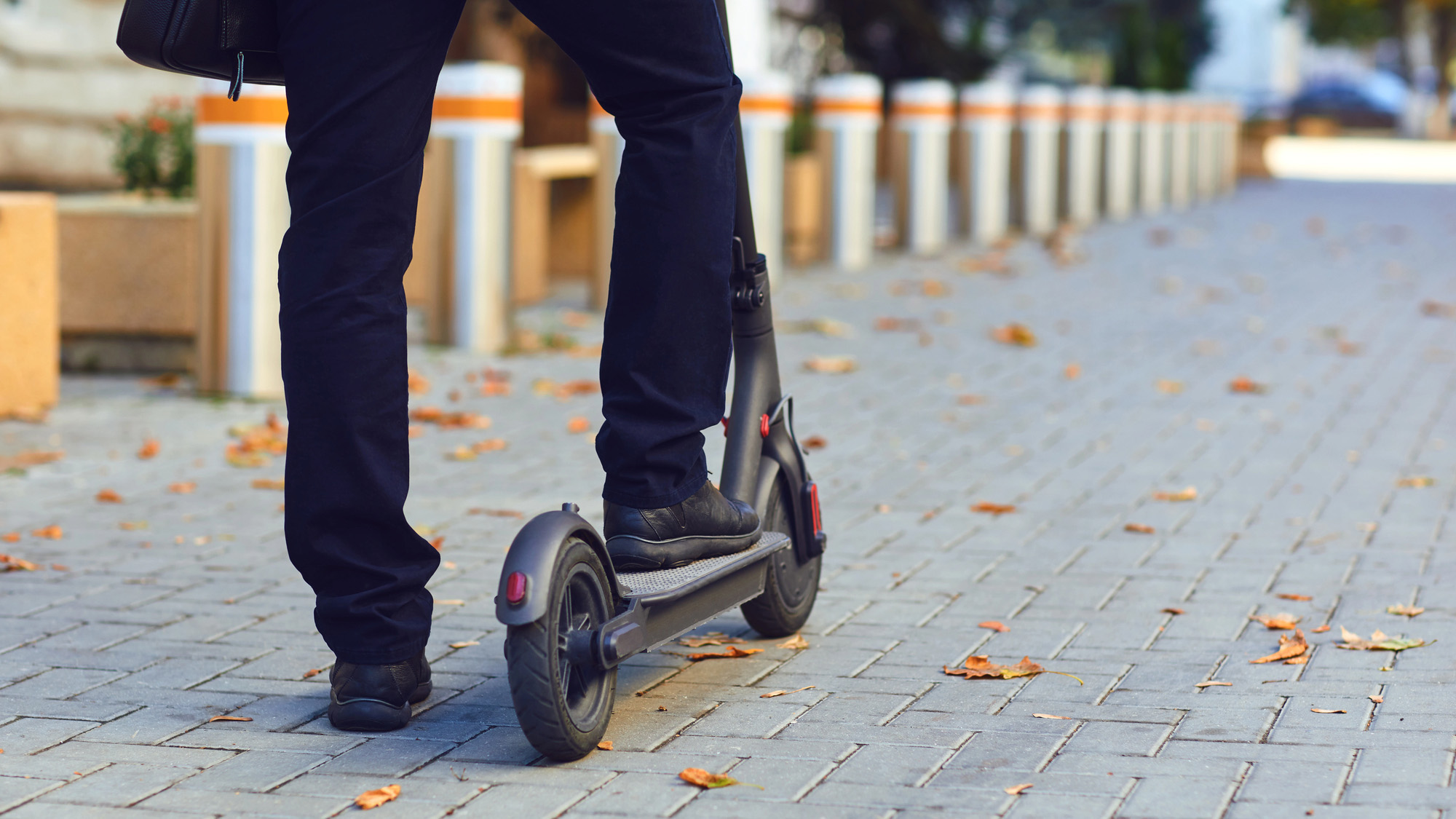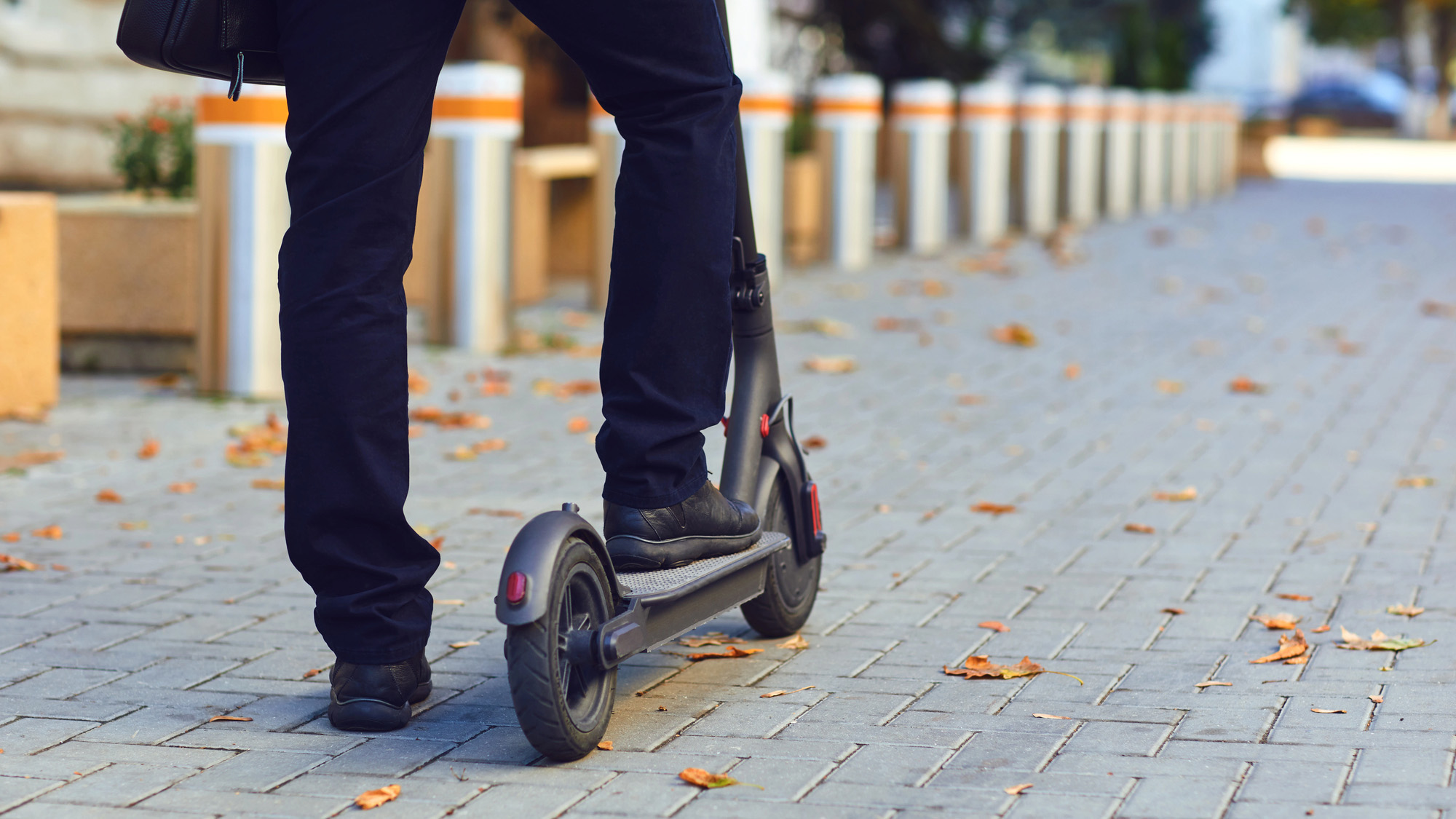
Take a stroll through any downtown area in the US today and it won’t be long before a mostly silent, two-wheeled object quickly zips past you. Electric-powered bicycles, scooters, and hoverboards—collectively called “micro-mobility devices”—have soared in popularity in recent years thanks partly to a wider availability of lithium-ion batteries. But more time on the road inevitably means more chances for accidents or injury to occur. A new study published this week in the American Journal of Public Health by researchers from Columbia University estimates e-bike and scooter injuries increase by a staggering 293% and 88% respectively between 2019-2022. The research findings suggest the rapid adoption of these convenient tools may be outpacing regulatory and safety requirements needed to protect riders.
E-bikes and scooters’ meteoric ascent
E-bike sales in the US shot up by 269% in the US between 2019 and 2022, a growth led partly by a pandemic-era boom. The bikes themselves vary widely, with some seemingly indistinguishable from traditional bicycles and others looking more reminiscent of early 20th-century motorcycles. Their use cases vary as widely as their looks. E-bikes have become important tools for food delivery drivers across the country looking to cover ground faster, especially with increased food delivery demands. Others working in dense urban areas have embraced bikes as fossil-fuel-free alternatives to cars for short commutes. E-bikes, and similarly popular electric scooters, according to the National Association of City Transportation Officials have already surpassed the sales of electric cars and trucks.
To conduct their study, researchers analyzed hospitalization records from the National Electronic Injury Surveillance System (NEISS) which pulls data from a representative sample of 96 hospitals across the US. After narrowing down their criteria, the researchers identified 1,933,296 instances of injuries between 2019-2022 that were associated with micro-mobility devices. The majority of the injuries–33.2 per 1,000 cases–involved traditional, non-electric bicycles. Electric scooters made up the next largest chunks of micro mobility-related injuries, followed by e-bikes, and then hoverboards.
Injuries involving e-bike riders, while not the most common, stood out for their intensity. The researchers claim injuries from e-bikes were significantly more likely to be severe enough to require hospitalization when compared to the other devices. E-bike injuries were also five times more likely to result in a burn diagnosis, an issue that may result from their relatively large lithium ion batteries catching fire. Electric hoverboards, which have somewhat declined in popularity in the past few years, were much more likely to be associated with fractures on concussions. 76.2 % of all hoverboard injuries reportedly involved users under the age of 18. Helmet wearing, across all the device types, wasn’t common.
Colombia post-doctoral fellow and paper author Kathryn Burford said the research “underscore the urgent need to improve micro mobility injury surveillance and to identify strategies for cities to improve user’s safety so that micro mobility can be a safe, sustainable, equitable, and healthy option for transportation.”
“Understanding how injury types and risk factors vary by mode can inform emergency department utilization, resource allocation, and intervention strategies and policies to promote safe micromobility use,” Burford said in a statement.
A lack of regulations and safety guidelines could be contributing to injuries
Use of the micromobility devices has increased in recent services like New York’s CitiBike that let anyone with a phone or an app rent a device. Though these services are convenient, the researchers say they often are not required to provide helmets that could help prevent injuries. The researchers also cite a lack of regulations that provide clear rules restricting the use of these devices while under the influence of alcohol or other impairing drugs. Scooter riders, according to the data reviewed, were the most likely to be injured while impaired by alcohol.
“The considerable increase in electric micromobility injuries we are experiencing may be attributable to the lack of access, education, and regulation for protective equipment as shared micromobility systems, such as New York City’s Citi Bike program, are not required to provide helmets to users,” Columbia University Epidemiology professor Andrew Rundle said in a statement.
Demand for e-bikes and electric scooters does not look like it is set to tick downwards anytime soon. With that in mind, the researchers say there are steps local government officials can take that could stem the tide of these rising injury rates. Local governments could allocate more resources to improve and expand out protected bike lane infrastructure, especially in highly congested areas like a city’s downtown. Laws could also be passed forcing ride-share providers of both e-bikes and scooters to provide helmets.

